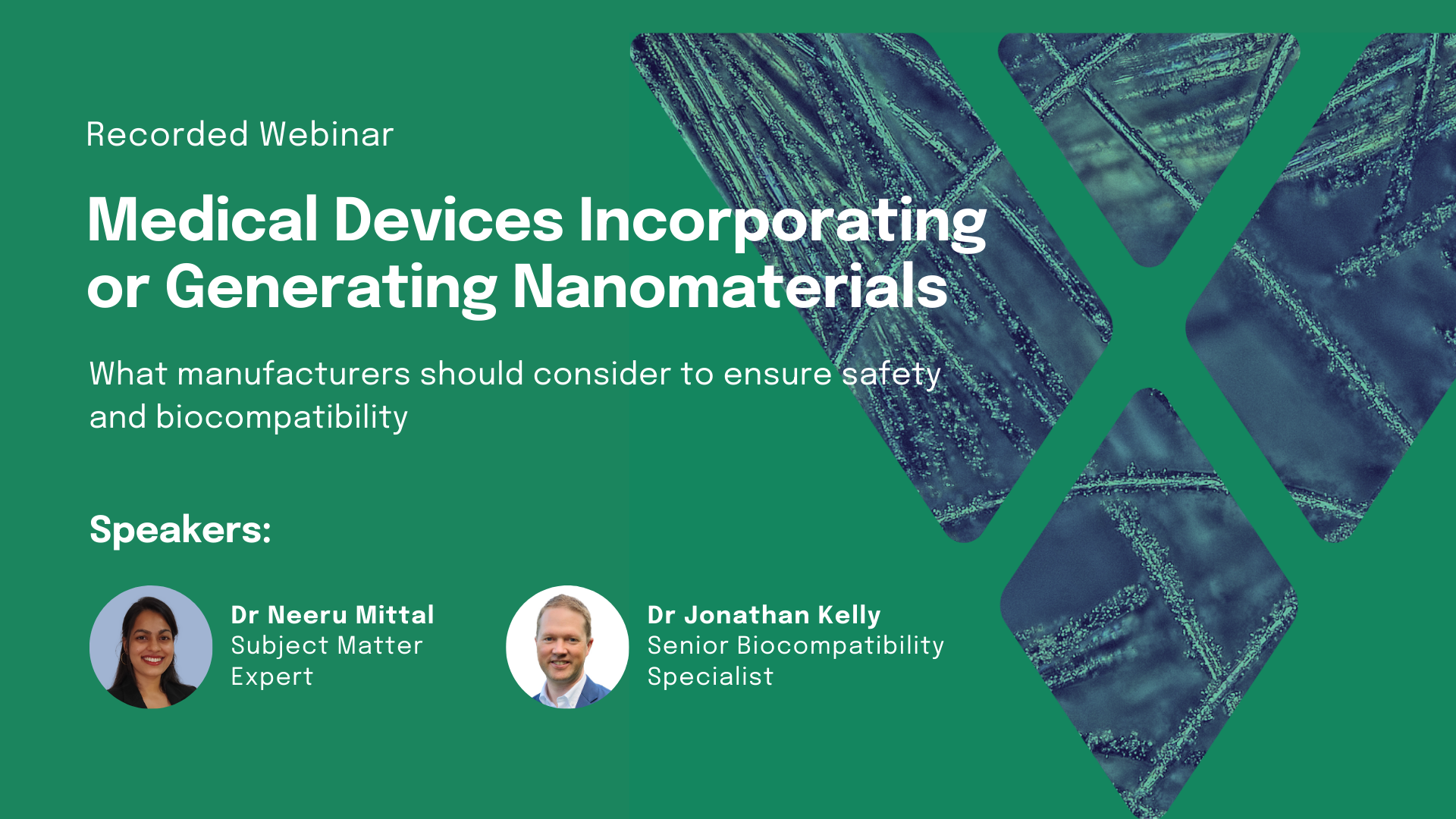DTx Part I: Identifying Optimal Payment Models for Digital Therapeutics
According to the Digital Therapeutics Alliance (DTA), digital therapeutics (DTx) are products that deliver “software-generated therapeutic...
1 min read
Joana Gomes : Mar 24, 2025 10:22:44 PM


The concept of nanomaterials and their possible applications was first introduced by Richard Feynman, which earned him the Nobel Prize in 1959. Fast-forward to today, nanomaterials have permeated all aspects of our daily lives, including their utilization in medical devices. Offering the potential to enhance device functionality and diagnostic outcomes, these tiny particles (10⁻⁹ meters) have the power to revolutionize healthcare.
However, their application in medical devices presents a unique challenge: ensuring their safety and compatibility with the human body, within a context of lack of standardized testing protocols, limited available literature data, and uncertainty regarding exposure, among other factors. This is crucial because nanomaterials can have sizes similar to structures at the subcellular level, and thus can interact with such structures, presenting serious biological risks.
In this recorded webinar, Dr Neeru Mittal and Dr Jonathan Kelly from Veranex provide you with:
Please submit the form to view the webinar:
According to the Digital Therapeutics Alliance (DTA), digital therapeutics (DTx) are products that deliver “software-generated therapeutic...
Software is gaining relevancy in a broad range of medical devices, as it either enables the control or influence of their operation, or because...
Yale startup 3Derm collaborated with Veranex to design a hand-held imaging device that could be integrated with their Teledermatology software.